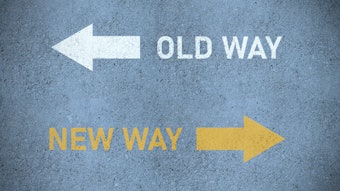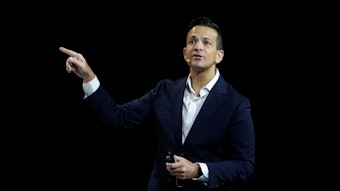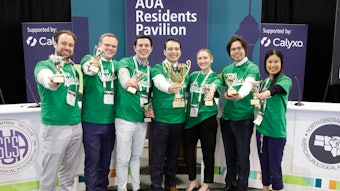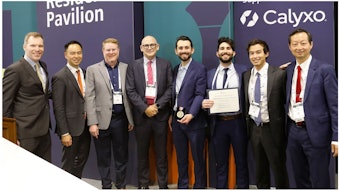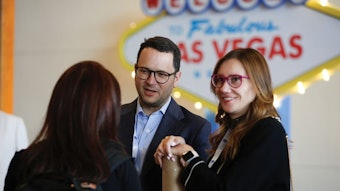Embracing imperfect innovation
Diagnostic technologies are proving their value across the globe, but the U.S. is slow to adopt them.

Technology is about to transform diagnosis and treatment across the practice of medicine, including urology. Automated patient monitoring, advanced at-home care, artificial intelligence and asynchronous care are in daily use from Switzerland to Rwanda but remain experimental in the United States.
“We are in the moment when we can talk about real solutions in health care,” said Vin Gupta, MD, MPA, managing director of health care innovation at Manatt, Phelps & Phillips and former CMO of Amazon Pharmacy. “If you pay attention to the news cycle, (you’ll see) lots of challenges, lots of problems—and we can get caught up in doom and gloom. But we have real solutions that are working.”
Dr. Gupta used the annual Ramon Guiteras Lecture during the Sunday Plenary to explore the expanding frontiers of health care technology. The challenges are clear: an aging population, shrinking health care workforce and combined social-economic-political demands to do more with less. There are no quick fixes, no point solutions, he said, but adopting technological tools and implementing policies designed to foster innovation will make a difference.
Hypertension has been the No. 1 cause of death in the U.S. and globally for decades., Dr. Gupta said, and the U.S. medical community is terrible at early diagnosis and early intervention. The diagnostic tool exists in clinically validated pressure cuffs, but patients hate them.
“Nine in 10 people diagnosed with high blood pressure do not like the physical experience of having their arm squeezed,” Dr. Gupta said. “They do not like their brachial artery squeezed, the sensation of feeling that pulse. They are not utilizing the tools we have been trained on to screen and diagnose illness.”
The obvious solution is to use different, more acceptable tools. Smartphones, watches, mirrors, refrigerators and even smart toilet seats can all provide blood pressure, heart rate, blood oxygenation and more. All are in clinical use—but not in the U.S.
“We need cheap, scalable solutions that are lovable,” he said. “We don’t talk about lovability and the patient experience. Why is it that 40% of people between 35 and 54 years of age have never established a primary care physician? How do we bring people to care earlier? That’s where the rubber meets the road.”
Regulatory approval is a barrier. A smart toilet seat providing 95% specificity and sensitivity for multiple clinical measures is under FDA evaluation. Other devices, including smart mirrors used in multiple countries, provide just 85% specificity and sensitivity, failing FDA standards.
“Wouldn’t it be great to give 85 of 100 people with stage 1 hypertension a sense that something might be wrong?” Dr. Gupta asked. “It’s not perfect; it’s far from perfect. But we cannot keep doing the same things.”
Health care services are also in flux. Post-acute inpatient care at home is a reality for some health systems. Dr. Gupta cited at-home-care data for congestive heart failure from Baptist Health showing 0% readmission at 90 days and 2.4% at 180 days. Providing hospital-at-home care can improve health outcomes, improve patient satisfaction and ease pressure on ICU and step-down care inpatient beds.
“What all of us as a profession need to be wrestling with is what is good and why do we let perfect be the enemy of the good,” Dr. Gupta said. “There is real data on these tools; we just have to be willing to experiment with what is acceptable risk from a regulatory compliance perspective. Who’s going to pay for it and who owns the liability are the things that actually end up crushing innovation.”

